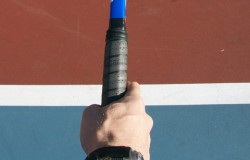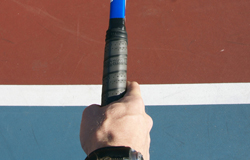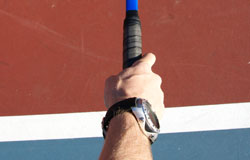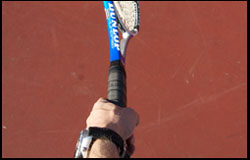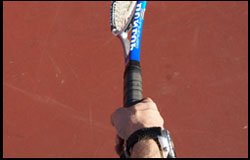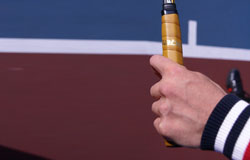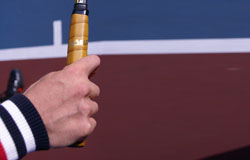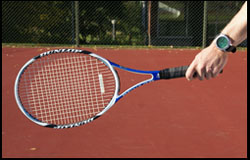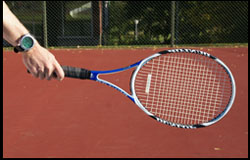FOREHAND
SEMI WESTERN GRIP
The Semi-Western Forehand Grip is a fantastic grip when playing tennis! Both for men and women. The average grip among the pros is probably the Semi-Western forehand grip, primarily because of the importance of heavy topspin in the modern, advanced game.
Advantages
- easy to put heavy topspin on the ball
- shot will usually have a high and explosive bounce, the heavy topspin, pushing your opponent behind the baseline
- easy to handle high balls
Disadvantages
- hard to handle low balls
Pros Playing the semi-western forehand grip:
Marat Safin, Andy Roddick, David Nalbandian
 |
 |
I Really Want To Start Playing With Heavy Topspin – Click Here


